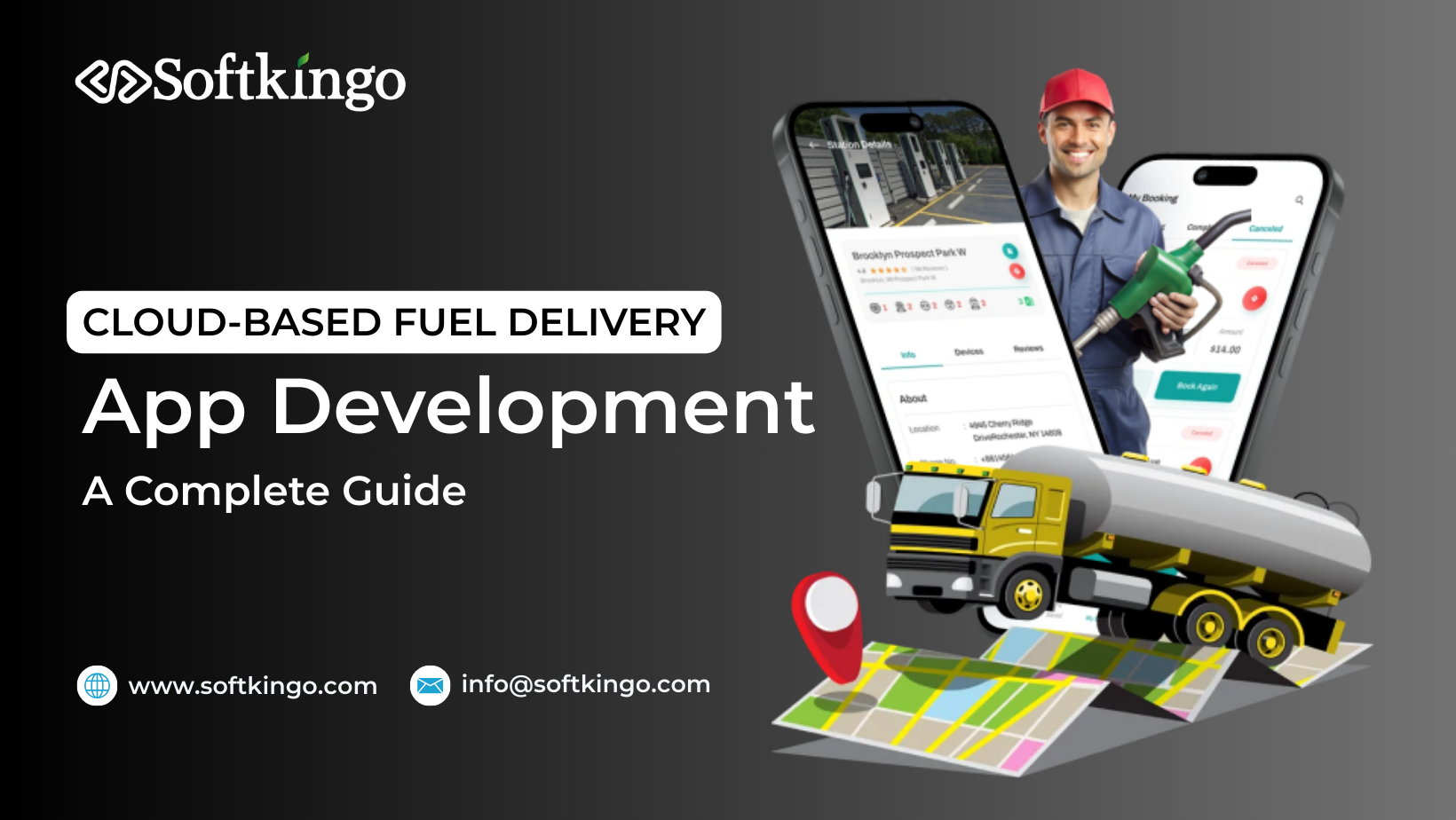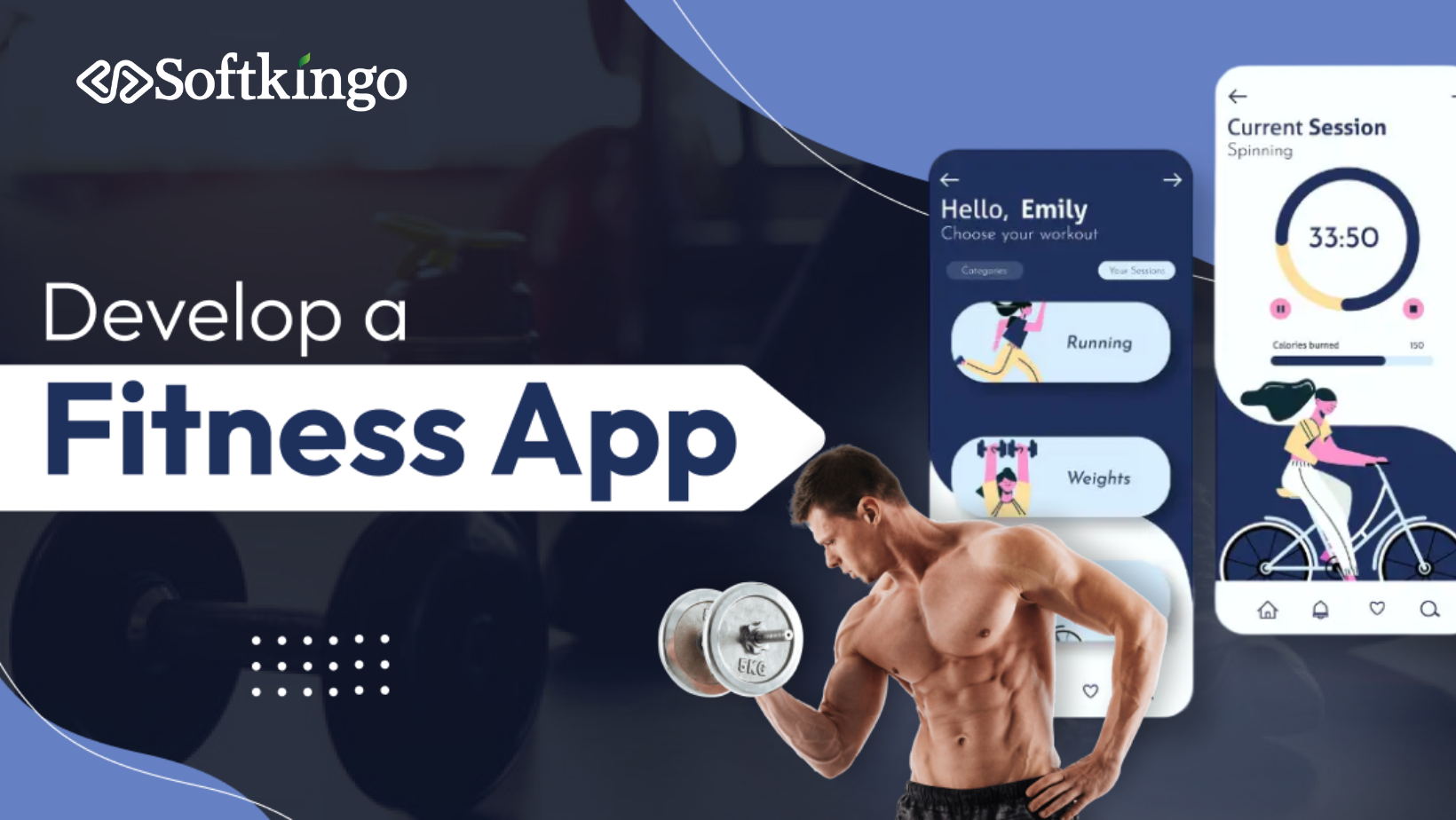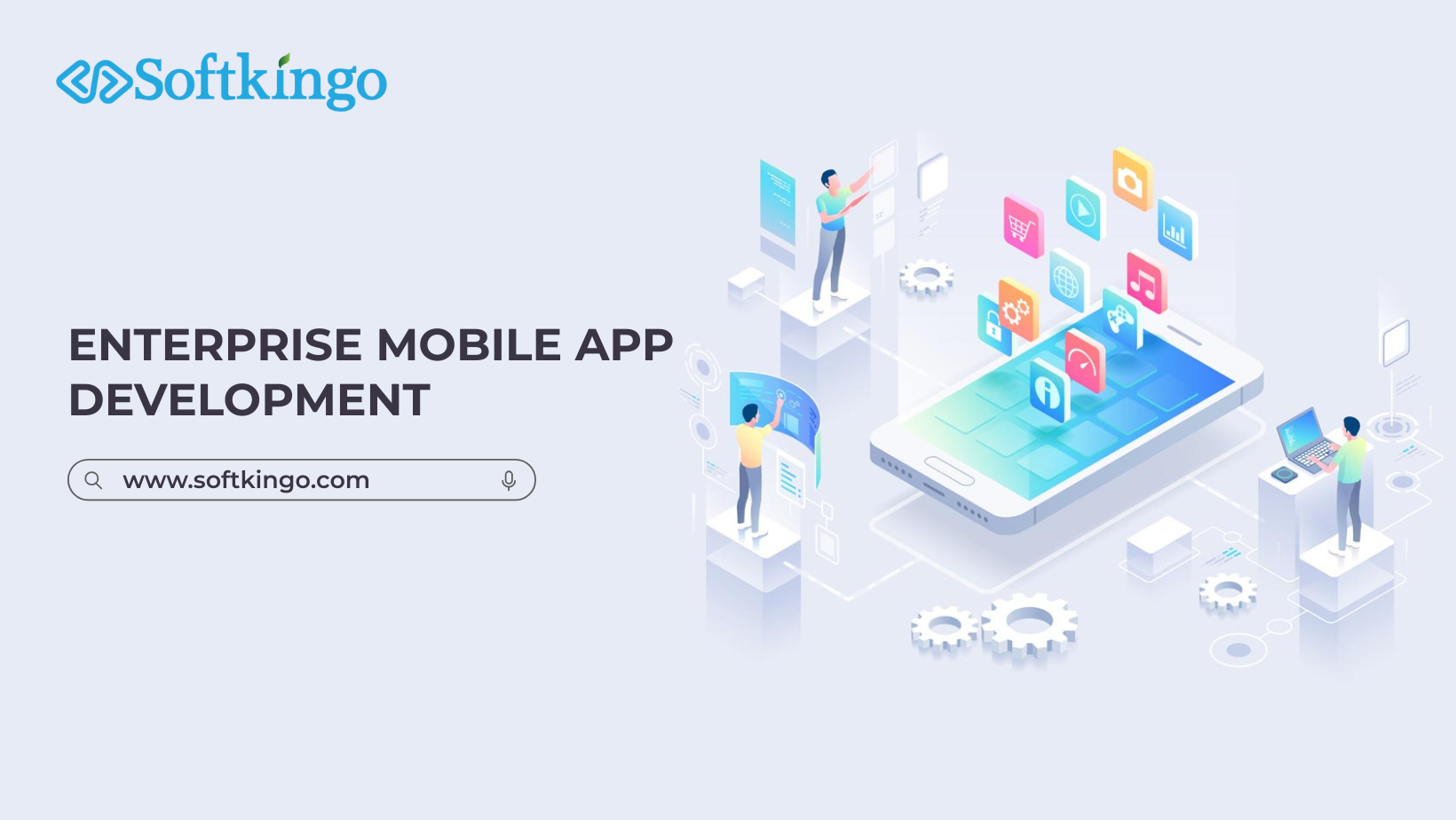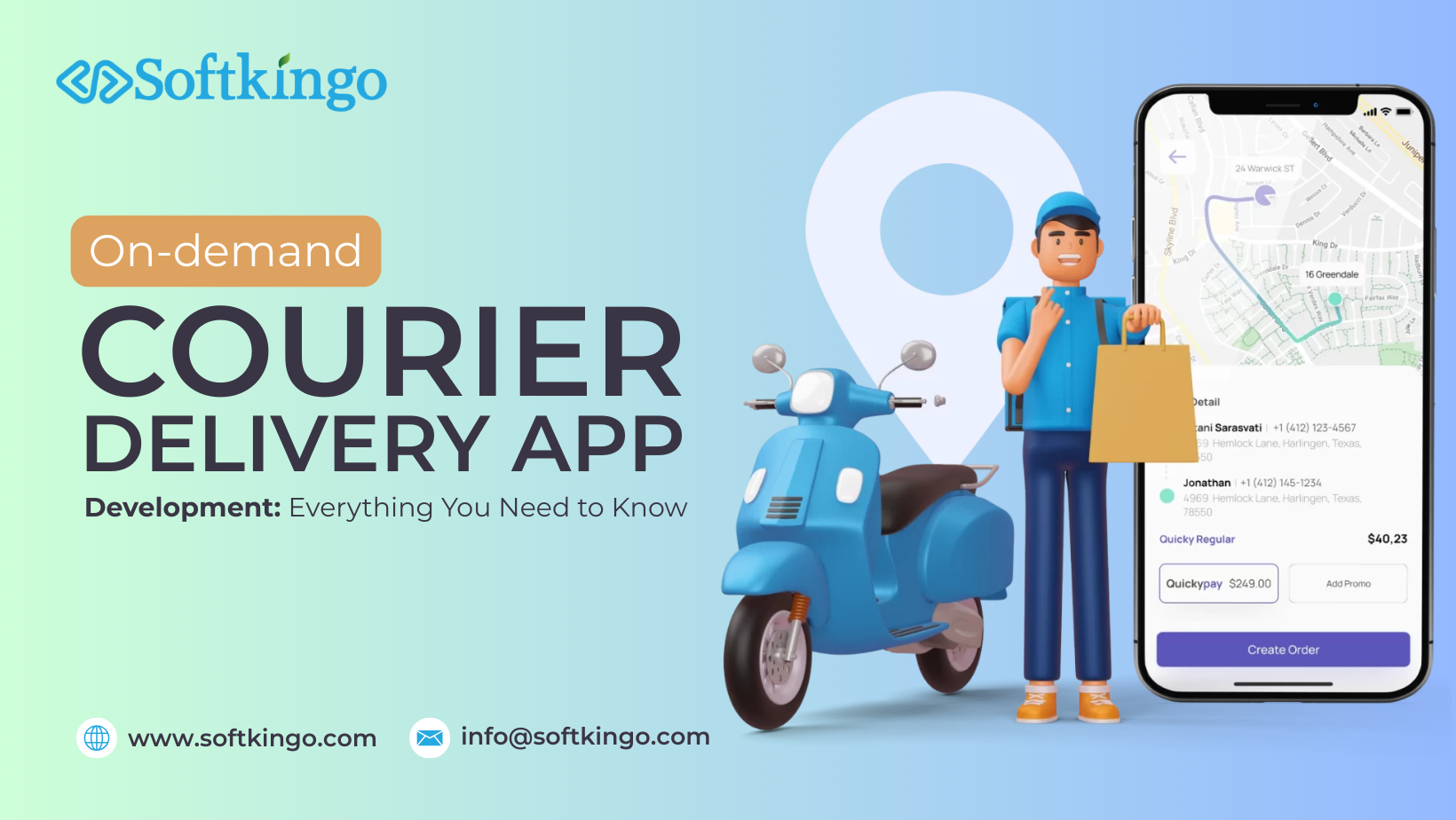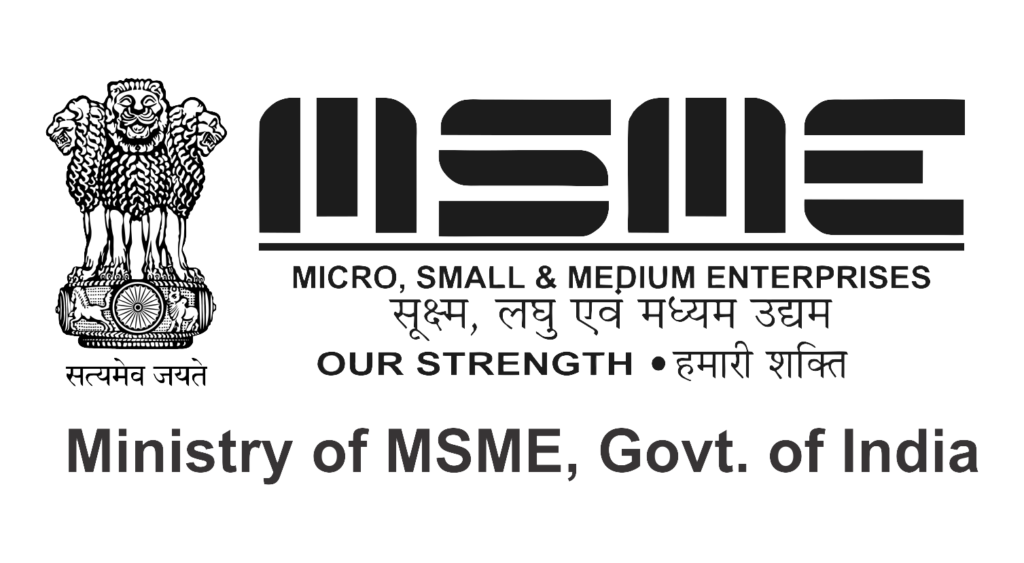How to Develop Own Learning Management System? Ultimate Guide 2023
A Learning Management System (LMS) is a software application designed to help educators and trainers manage, deliver, and track educational courses and training programs. It provides a centralized platform for organizing and delivering content, managing user access and permissions, tracking learner progress and performance, and facilitating communication and collaboration between learners and instructors.
An LMS typically includes a range of features, such as course management tools, assessment and evaluation tools, learner management tools, and reporting and analytics tools. It may also include features for creating and delivering content, such as authoring tools, multimedia support, and integration with external content providers.
LMSs are commonly used in educational institutions, corporations, and government agencies to deliver online courses, training programs, and other learning experiences. They can be used for a wide range of purposes, from basic skills training to advanced professional development and certification programs.
Developing a Learning Management System (LMS) from scratch requires a clear understanding of the system requirements and a solid plan for the development process. Here are some steps to follow:
- Define the requirements: Before starting the development process, it is essential to define the requirements of the LMS. This includes identifying the target audience, the type of courses that will be offered, the features required, and the technical specifications.
- Choose a technology stack: Once the requirements are defined, the next step is to choose the technology stack. This includes selecting the programming languages, frameworks, and database management systems that will be used for the development.
- Design the database: The database is the backbone of the LMS. It is important to design a database schema that can store all the necessary information, such as user profiles, courses, assignments, and assessments.
- Build the user interface: The user interface is the front-end of the LMS, and it needs to be user-friendly and visually appealing. The design should be consistent across all pages, and the navigation should be intuitive.
- Develop the features: The LMS should include all the features required to manage courses, assessments, and user profiles. These features should be tested thoroughly to ensure they work as intended.
- Implement security measures: Security is crucial for an LMS, as it stores sensitive user data. Implement security measures such as SSL certificates, two-factor authentication, and encryption to protect user data.
- Test the LMS: Once the development is complete, it is important to test the LMS thoroughly. This includes testing all the features, identifying and fixing bugs, and ensuring the system is stable.
- Deploy the LMS: After testing, the LMS can be deployed to a server or cloud platform. It is important to ensure that the server can handle the expected traffic and that the system is scalable.
- Provide support: After deployment, it is important to provide ongoing support to users. This includes answering user queries, fixing bugs, and providing updates to the system.
Types of Learning Management Systems
There are different types of Learning Management Systems (LMS) that are available, and each has its own unique features and benefits. Here are some of the most common types of LMS:
- Cloud-based LMS: A cloud-based LMS is hosted on the cloud, and users can access it from anywhere with an internet connection. This type of LMS is ideal for organizations that want a flexible and scalable solution.
- Open-source LMS: An open-source LMS is a free and customizable software solution that allows users to modify the code to suit their needs. This type of LMS is ideal for organizations that want complete control over the system.
- Corporate LMS: A corporate LMS is designed for businesses to train their employees on company policies, procedures, and skills. This type of LMS is ideal for companies with a large workforce that requires ongoing training and development.
- Academic LMS: An academic LMS is designed for educational institutions to deliver online courses and training programs. This type of LMS is ideal for universities and colleges that want to offer online courses to students.
- Mobile LMS: A mobile LMS is designed for learners to access courses and training programs on mobile devices such as smartphones and tablets. This type of LMS is ideal for organizations that have a remote workforce or learners who are constantly on the move.
- Social LMS: A social LMS is designed to promote social learning by encouraging learners to collaborate and share knowledge with each other. This type of LMS is ideal for organizations that want to foster a culture of continuous learning and knowledge sharing.
- Gamified LMS: A gamified LMS is designed to make learning more engaging and fun by incorporating game elements such as points, badges, and leaderboards. This type of LMS is ideal for organizations that want to motivate learners and increase their participation in learning activities.
Each type of LMS has its own strengths and weaknesses, and choosing the right type of LMS depends on the specific needs and requirements of the organization.
How Can an LMS Platform Be Used?
An LMS platform can be used in a variety of ways to support learning and development. Here are some examples of how an LMS platform can be used:
- Course delivery: An LMS platform can be used to deliver online courses to learners. Course materials such as videos, documents, and assessments can be uploaded to the platform, and learners can access them at any time from any location.
- Blended learning: An LMS platform can be used to support blended learning, which combines online and face-to-face learning. Learners can access course materials and complete assignments online, and then attend in-person sessions for additional support and interaction.
- Performance support: An LMS platform can be used as a performance support tool, providing learners with access to information and resources to help them perform their job duties more effectively.
- Compliance training: An LMS platform can be used to deliver compliance training to employees, ensuring they understand company policies and regulations.
- Professional development: An LMS platform can be used to deliver professional development courses to employees, allowing them to acquire new skills and knowledge to advance in their careers.
- Certification programs: An LMS platform can be used to deliver certification programs, allowing learners to earn credentials and certifications for completing courses and passing assessments.
- Onboarding: An LMS platform can be used to support the onboarding process for new hires, providing them with the necessary information and training to become productive employees.
How to Develop the Ideation of Creating a Learning Management System?
Developing the ideation of creating a Learning Management System (LMS) involves several steps, including:
- Identify the purpose: Determine the purpose and goals of the LMS. Consider the target audience, the type of learning experiences you want to offer, and the outcomes you hope to achieve.
- Research: Conduct research to identify the features and functionality of existing LMS platforms. Identify the strengths and weaknesses of these platforms, and determine how your LMS can offer a unique value proposition.
- Define the scope: Define the scope of the LMS project, including the features and functionality you plan to include. Consider the development timeline, budget, and resources required to complete the project.
- Gather requirements: Gather requirements from stakeholders, including instructors, learners, and administrators. Consider the needs and preferences of each group and how the LMS can meet those needs.
- Develop a prototype: Develop a prototype or a proof of concept to test the functionality and usability of the LMS. Consider feedback from stakeholders and make any necessary changes.
- Create a development plan: Create a development plan that outlines the timeline, milestones, and resources required to develop and launch the LMS.
- Build the LMS: Build the LMS platform, including the front-end user interface, back-end administration tools, and any integrations with external systems.
- Test and deploy: Test the LMS platform thoroughly to ensure it is functional and user-friendly. Deploy the LMS to production, and provide training and support to instructors and learners.
- Continuous improvement: Continuously monitor and improve the LMS, incorporating feedback from stakeholders and staying up-to-date with the latest technologies and trends in the e-learning industry.
How to Create a Learning Management System?
Creating a Learning Management System (LMS) can be a complex process that requires technical expertise, project management skills, and knowledge of the e-learning industry. Here are the general steps to create an LMS:
- Define the scope: Define the scope of the LMS project, including the features and functionality you plan to include. Consider the development timeline, budget, and resources required to complete the project.
- Gather requirements: Gather requirements from stakeholders, including instructors, learners, and administrators. Consider the needs and preferences of each group and how the LMS can meet those needs.
- Choose a development approach: Choose a development approach, such as using an LMS framework or developing a custom solution. Consider the pros and cons of each approach, as well as the technical requirements and development resources.
- Design the user interface: Design the user interface for the LMS, including the layout, navigation, and visual design. Consider usability best practices, accessibility, and the needs of different types of learners.
- Develop the functionality: Develop the functionality of the LMS, including features such as course creation and management, user management, assessment and grading, and reporting and analytics. Consider scalability, security, and performance.
- Test and refine: Test the LMS thoroughly to ensure it is functional and user-friendly. Conduct user testing and gather feedback from stakeholders to identify areas for improvement.
- Deploy and launch: Deploy the LMS to production, and provide training and support to instructors and learners. Launch the LMS to the target audience, and monitor its performance and usage.
- Continuous improvement: Continuously monitor and improve the LMS, incorporating feedback from stakeholders and staying up-to-date with the latest technologies and trends in the e-learning industry.
Overall, creating an LMS requires careful planning, technical expertise, and collaboration with stakeholders. By following a structured approach and incorporating feedback from users, you can create an effective and impactful LMS platform that supports learning and development for your target audience.
Paramhans Singh is the Director of Operations at Softkingo Technologies, bringing over 8 years of experience in delivering custom software solutions that help startups and enterprises achieve their business goals. He has successfully validated more than 220 app and website ideas and delivered over 100 tailored solutions, utilizing a range of technologies such as Swift, Kotlin, React Native, Flutter, PHP, RoR, IoT, AI, NFC, AR/VR, Blockchain, and NFTs.




